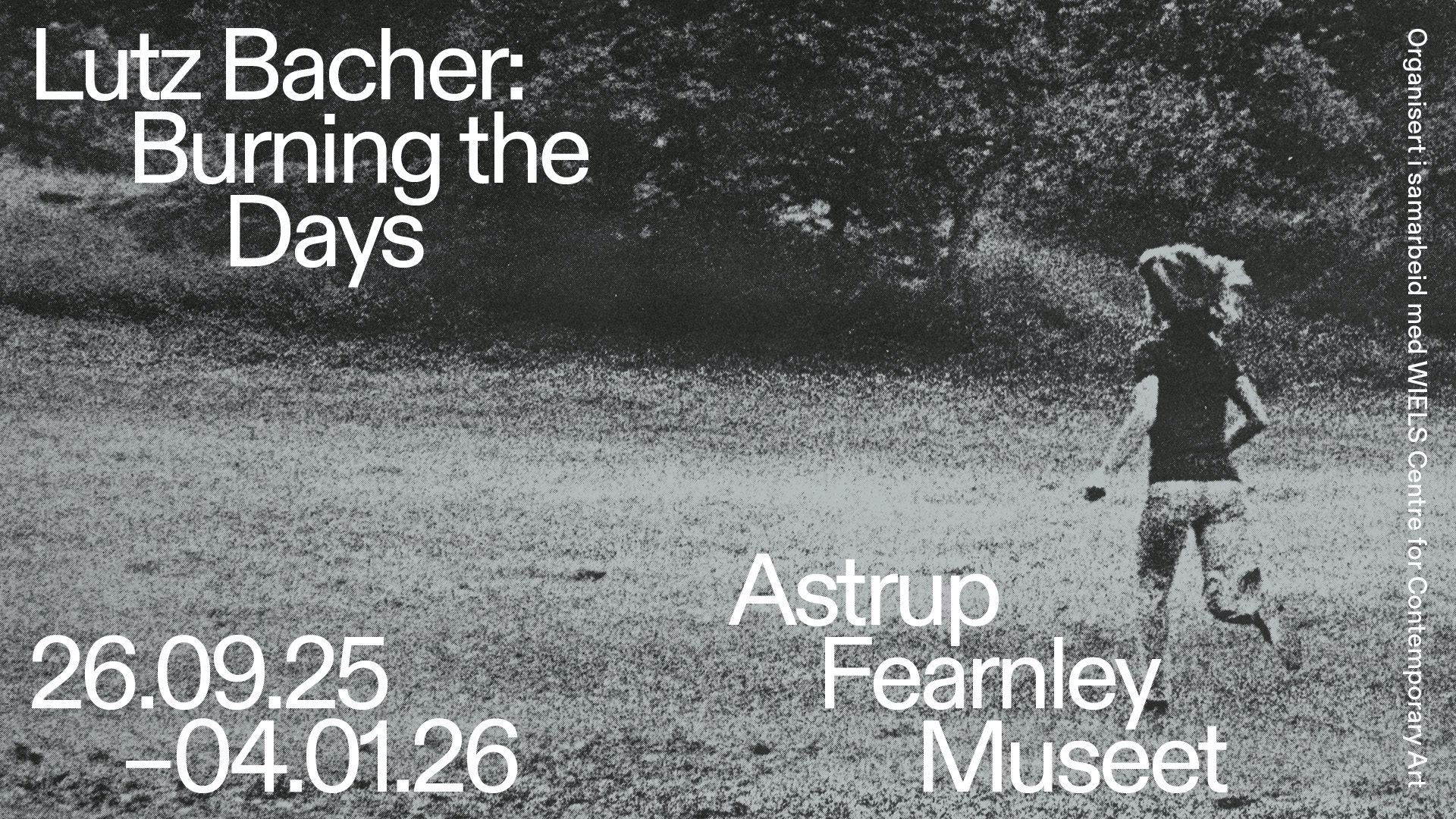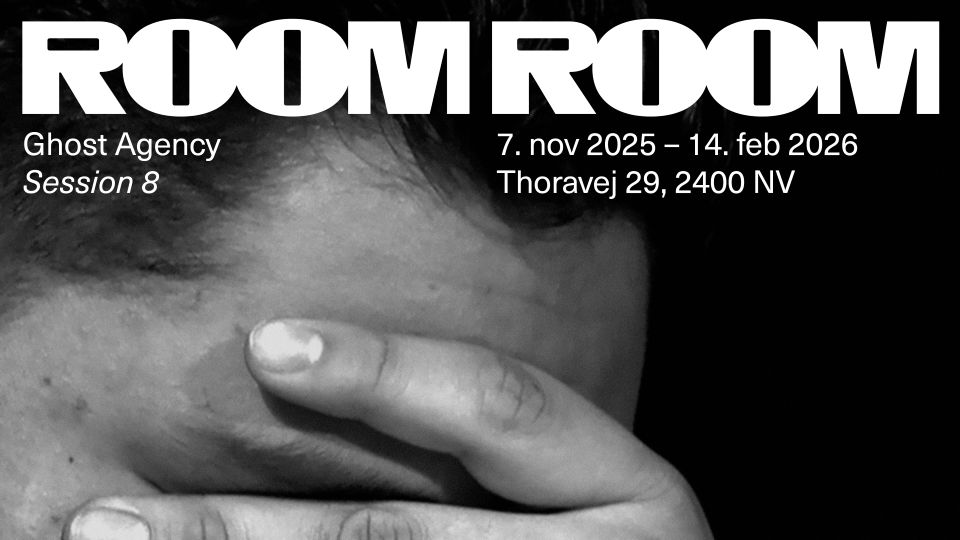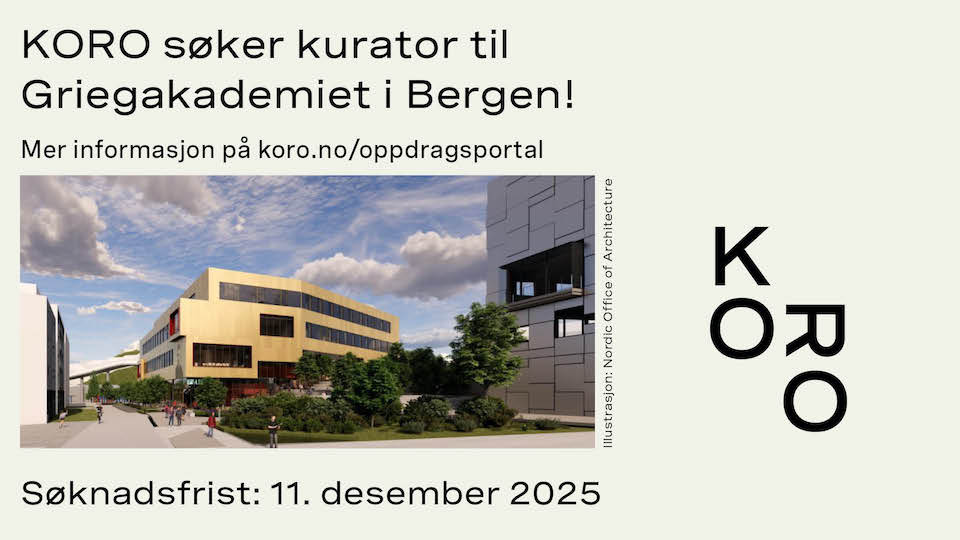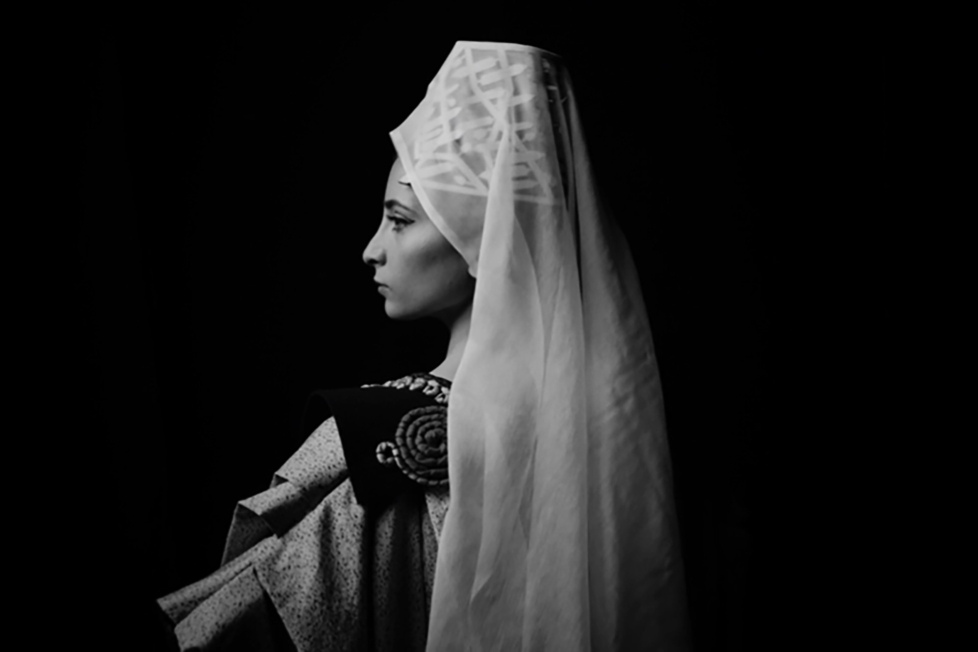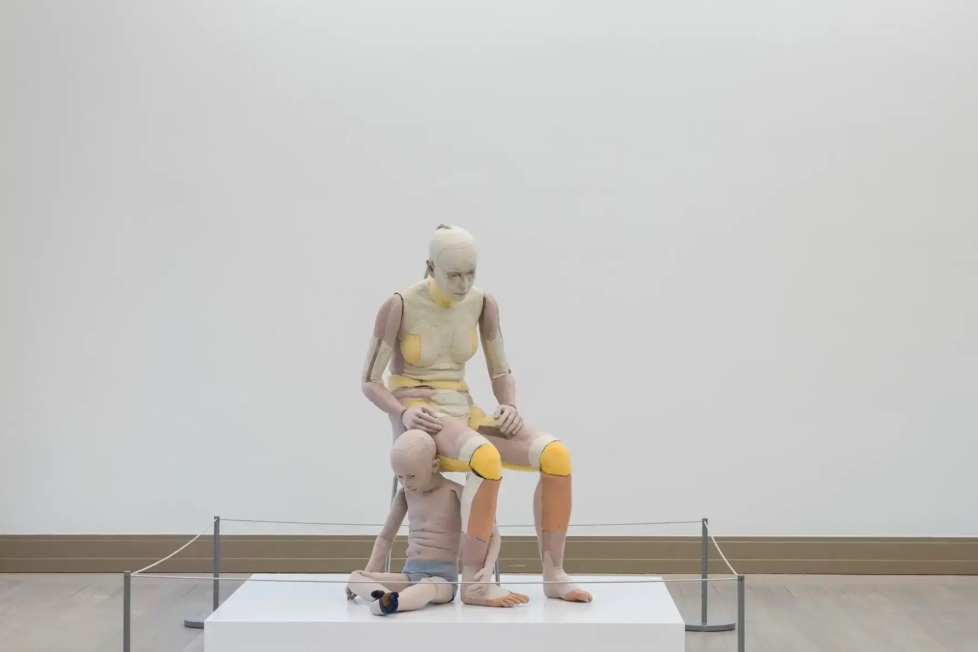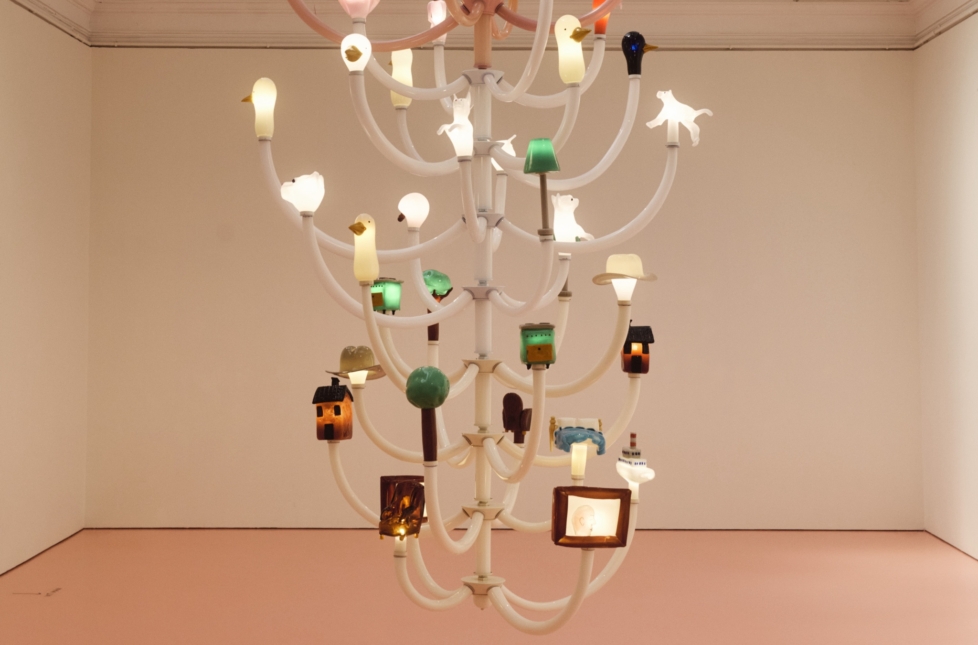
At a press conference held at Kunstnernes Hus in Oslo yesterday, Norwegian artist Matias Faldbakken was announced as the winner of the competition to create a new national memorial to the 22 July attacks. Faldbakken’s artwork, Upholding, will take the form of a large mosaic measuring approximately 24 square metres, comprising over half a million pebbles. The mosaic, which depicts a wader, will be encased in a large-scale blue steel structure positioned in front of the H-block in Oslo’s government quarter.
Faldbakken’s steel structure is a replica of the one that once housed the sandblasted mural The Fishermen (1969) by Pablo Picasso and Carl Nesjar. Before the 22 July bombing, the mural was mounted on one of the end walls of the Y-block, which was later demolished during the redevelopment of the government quarter. “The proposal took some time to mature,” Faldbakken told Kunstkritikk, “but I had a feeling that many people liked it and recognised the importance of making a statement on that scale.”
During the press conference, representatives from the support group for the bereaved and survivors of the 22 July attack sat in the front row alongside 22 July survivor and leader of AUF (The Norwegian Labour Party’s youth organisation) Gaute Børstad Skjervø and the Minister for Digitalisation and Public Governance Karianne Tung. They spoke about their experiences of the terror attack and the importance of a national memorial – a space for the bereaved and wider public to come together and commemorate what happened.
Faldbakken described the process of working on the memorial as humbling: “I’m used to working from my own personal interests. If people don’t like what I make, then it might simply not be for them. But with this project, I had to set my ego aside.” When visitors to his studio asked whether this project could become a place where they could honour their deceased daughter, he said it changed the way he worked. “I had to hold on to my idea, but also listen to those with lived experience,” he said.
Marianne Borgen, former Mayor of Oslo, chaired the jury on behalf of KORO (Public Art Norway). During the press conference, Borgen and each of the other eleven jury members explained their reasons for choosing Faldbakken’s proposal. Several characterised Upholding as a demanding artwork, highlighting the contrast between the beautiful mosaic and the rig’s stark form. KORO curator Nora Ceciliedatter Nerdrum described the piece as “a continuous protest banner in an otherwise polished urban space.” Meanwhile, Regitze Schäffer Botnen, survivor and national board member of the 22 July support group, remarked that the artwork could create space for conflicting emotions, comfort, and curiosity. She saw the small wader as a symbol of something greater.
Eventually, two scale models of Upholding were wheeled onto the stage. While the image of the wader will face the H-block, the back of the artwork is to be painted red. “The artwork isn’t necessarily diplomatic,” Faldbakken stated. “It includes elements that might be perceived as confrontational. The scale and weight of the rig are immense. Both the verticality and use of colour are unusual for a memorial. You have to be careful with the palette.”
The competition to develop a new national memorial was announced in 2023 and received 220 applications. A year later, the jury selected ten proposals for further development. From these, three finalists were chosen. In addition to Faldbakken, they included the trio of Henning Sunde, Rainer Stange, and Hanne Tyrmi, as well as Raqs Media Collective (Monica Narula, Jeebesh Bagchi, and Shuddhabrata Sengupta).
Before the summer, KORO is due to submit the winning proposal to the Ministry of Digitalisation and Public Governance, which will decide on the framework for the project’s realisation. Parts of the mosaic are scheduled to be produced in Italy and completed in Oslo. At the press conference, it was stated that the memorial could be ready in time for the 15th anniversary of the 22 July attacks next year.

